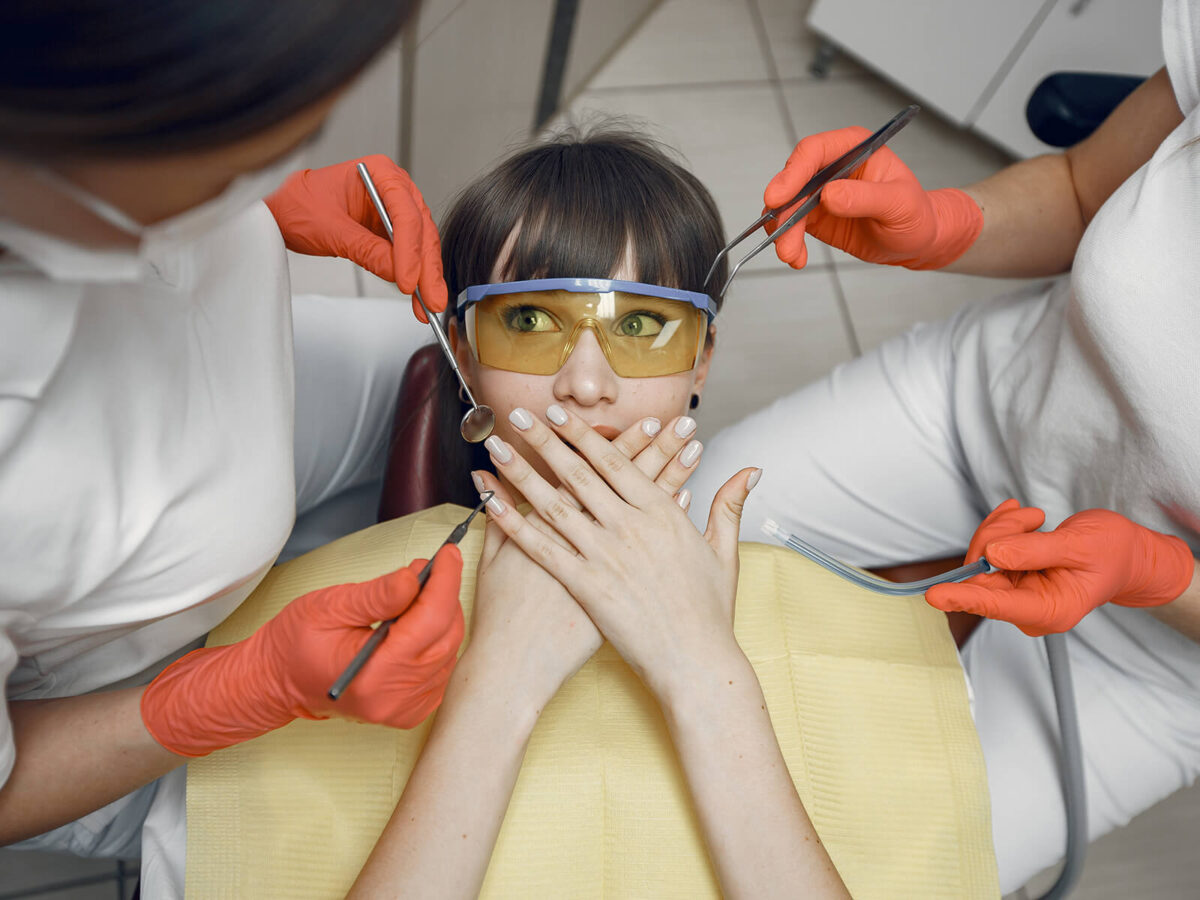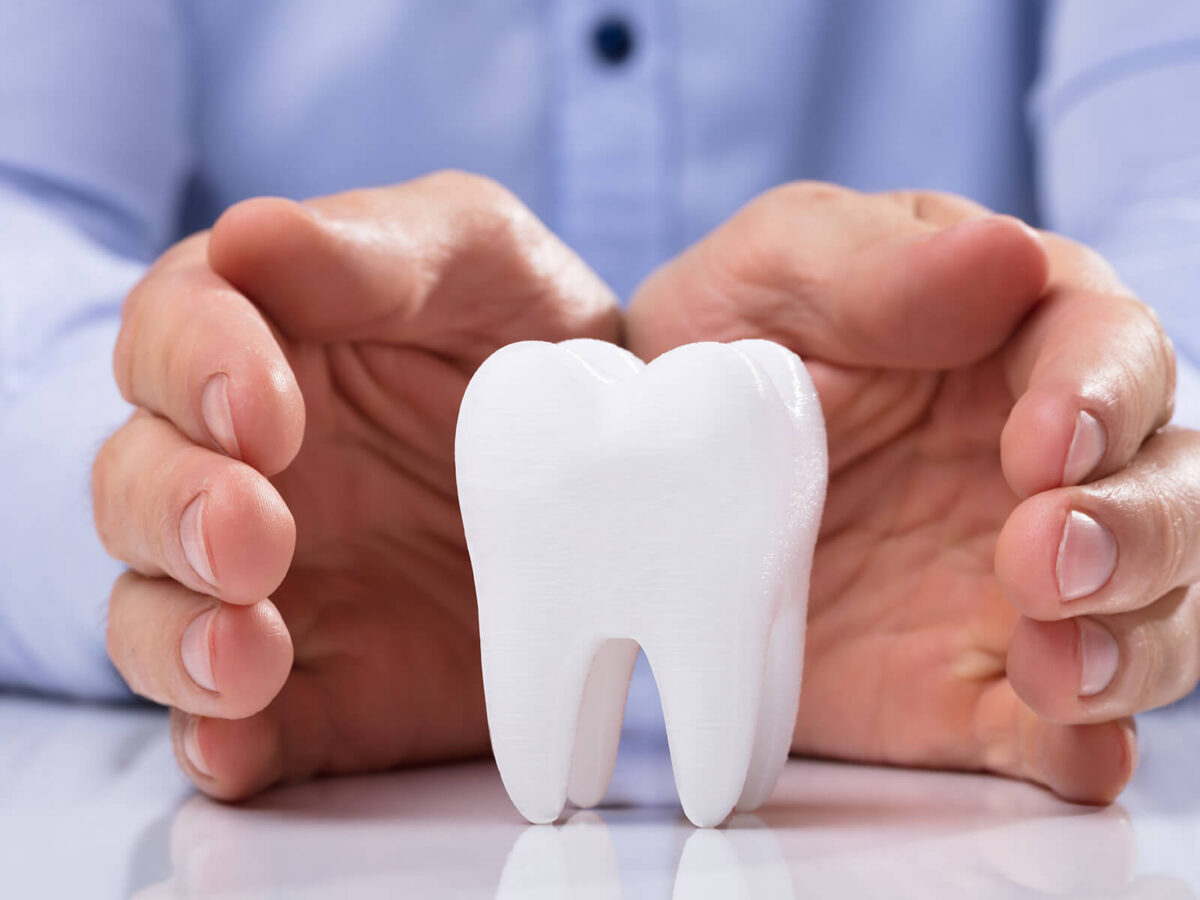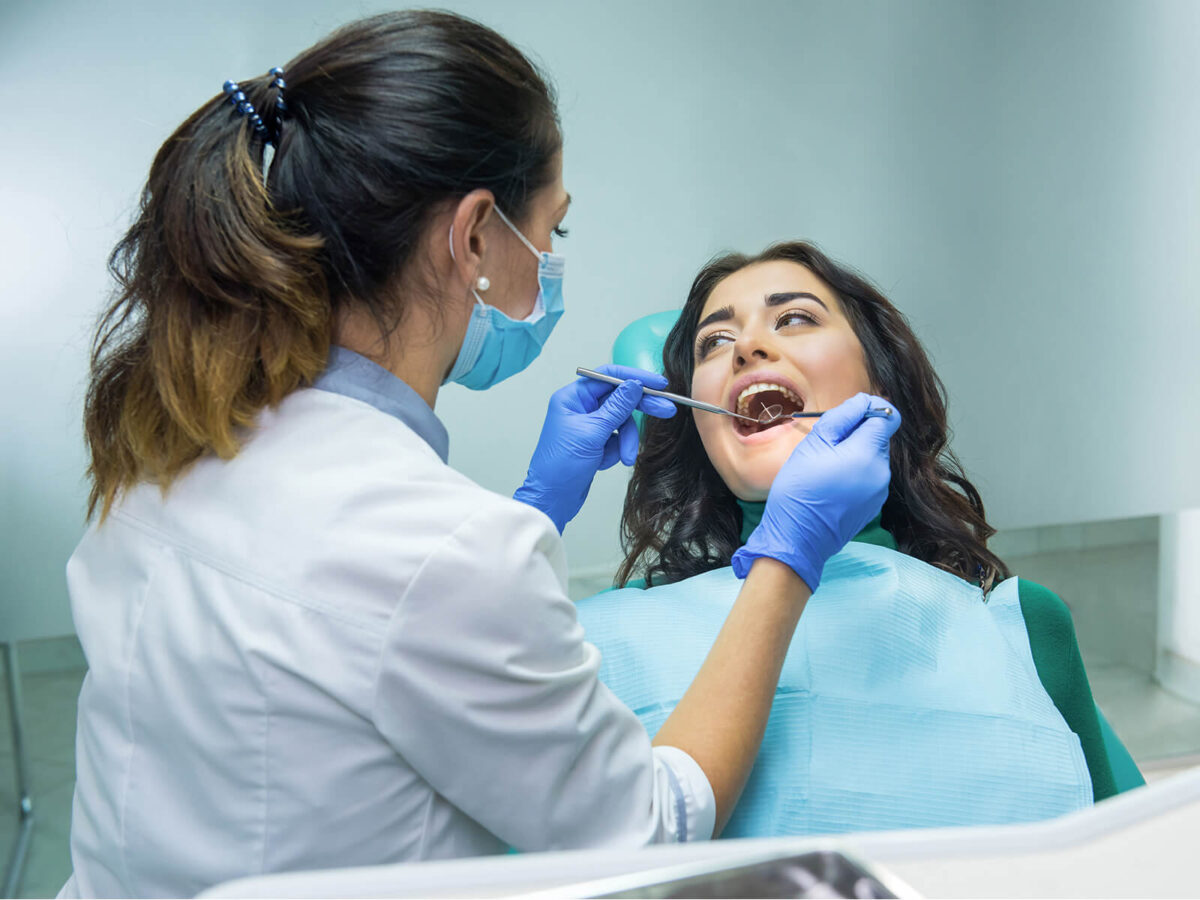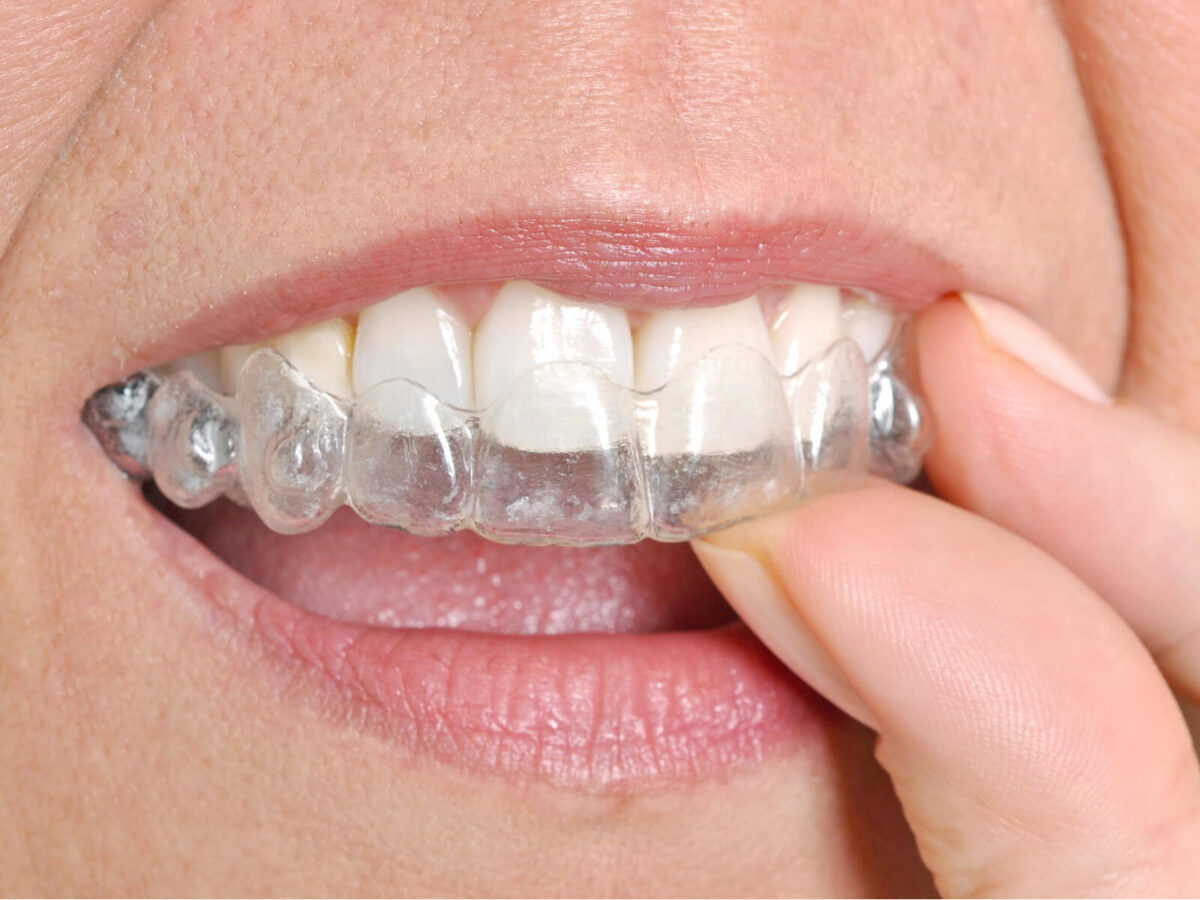Dental anxiety is a widespread phenomenon that is not a concern of certain ages solely. For such patients, the mere idea of going to the dentist may trigger severe levels of stress and fear. This fear can fail to keep an appointment with the dentist, which may lead to poorer oral health. The ability to overpass dental anxiety is as significant as the dental care of your family. At the end of the day, dental well-being remains a goal for the family. This article will aim to guide how to deal with the dental anxiety of a patient’s family members, with more details about sedation dentistry used.
What is Dental Anxiety?
Dental anxiety entails the simultaneous feelings of fear and stress that people experience when visiting the dentist or undergoing dental procedures. There are different causes, including fear of pain, past inadequate experiences, or the vision or sound of the dental instruments. This anxiety usually begins with uneasiness, but in some cases, the symptoms can be so severe that they are categorized as dental phobia.
Common Signs of Dental Anxiety
- Nervousness or restlessness before and during a dental visit
- Trouble sleeping the night before a dental appointment
- Intense fear or panic attacks in the dental office
- Avoidance of dental care despite the need for treatment
Strategies to Overcome Dental Anxiety
1. Open Communication
Talk About Fears: Make every effort to have your entire family express their dental phobias and any other fears as they prepare for a dental appointment. Identifying the precise triggers can allow them to be dealt with more effectively.
Ask Questions: Have the oral health professional assist the patient by answering the latter’s questions about the treatment. When you know what to expect, you won’t be left wondering about it.
2. Choose the Right Dentist
Find a Caring Dentist: Search for a dentist who is successful in dealing with patients’ nervousness. A caring dentist can surely make a difference, contributing to a better patient experience.
Visit the Office: Schedule a consultation session before the appointment at the dental office. Acquainting yourself with the surroundings can decrease anxiety on the visit day.
3. Sedation Dentistry
What is Sedation Dentistry?
Sedation dentistry involves using medication to help the patient be calm and relaxed during dental procedures. It is an excellent alternative for those who have an extreme fear of dentists or a dental phobia.
Types of Sedation:
- Nitrous Oxide (Laughing Gas): A mild sedative inhaled through a mask. It helps patients relax while remaining conscious.
- Oral Sedation: Medication taken orally that provides a deeper level of relaxation.
- IV Sedation: Administered through a vein, this provides a deeper level of sedation and can be adjusted as needed.
- General Anesthesia: Used for more complex procedures, it renders the patient completely unconscious.
Benefits of Sedation Dentistry:
- Reduces Anxiety: It helps reduce stress levels and make patients feel good.
- Pain Management: Reduces mechanical factors during treatments.
- Faster Procedures: It allows the dentist to work more productively and frequently respond to many treatment objectives in one session.
4. Practice Relaxation Techniques
Breathing Exercises: Teach your family members about the proper breathing exercises that may be of important when in a situation that takes the/anxiety level high.
Visualization: Ask the patient to imagine something positive to counter the fear or angry thought to replace it.
Progressive Muscle Relaxation: This is achieved by contracting a muscle group and then supposedly relaxing it to decrease the general tension.
5. Gradual Exposure
Start Small: It is advisable to try simpler forms of treatment such as the cleanings before delving into the more complex measures later on.
Build Confidence: Gradual exposure might help reduce general levels of anxiety if used as a training technique to help a family member become more comfortable with the situation.
6. Positive Reinforcement
Reward System: Develop a behavior modification system that will be adopted by the young members of the family to enable them to exhibit desirable conduct while attending dental appointments.
Celebrate Success: As a signal of gratitude for all your successes while attending the dental appointment, it is also important to share your victories as if you had won over the tension of visiting a doctor.
Conclusion
Dental anxiety is a gradual process that needs to be dismantled for many individuals to not fear a dentist appointment. If you apply these strategies, you can assist the other family members in keeping their fears in check. Areas of communication, selecting an appropriate dental practitioner, and strategies that include conscious sedation dentistry will help manage anxiety to ensure that the visits are positive. Bear in mind that encouraging words make a difference, we must not let dental care be a stressful factor for our family’s health.







